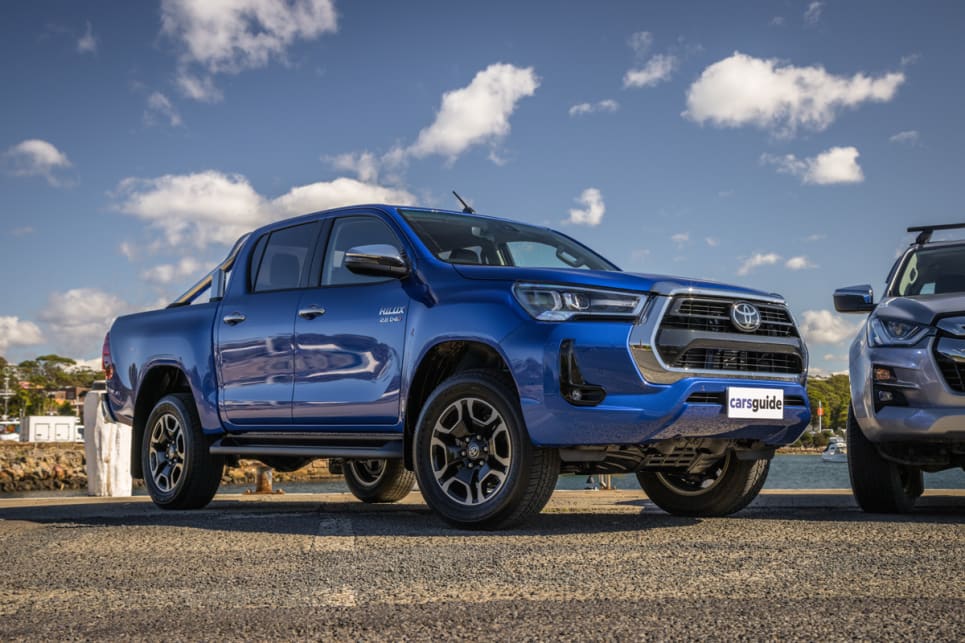The current-generation Toyota HiLux has seen plenty of reliability and ownership questions raised in terms of both the diesel particulate filter (DPF) and air flow sensor systems – the latter of which have been criticised for allow fine dust particles to pass through filters more readily than expected.
In relation to the DPF in the HiLux, the facelifted version has seen reworked components in order to address customer concerns. It’s more than just concern, though – Toyota Australia currently has a class action lawsuit in the courts whereby owners may be eligible for compensation due to the problematic DPF system, which is fitted to HiLux, Fortuner and Prado models.
“I can confirm the new model has updates to the engine tune, which will continue to improve the way the DPF operates,” said Sean Hanley, vice president of sales and marketing for Toyota Australia. “I can also outline those updates are to both software and hardware, in relation to this facelift.”
Mr Hanley further stated that the company is willing and eager to speak to customers outside of the court case, if there are questions on the DPF status on HiLux or any other affected vehicle.
“We are unable to comment on matters before the courts. But what I do want to reiterate today, is – as always – we are here for our customers, for any questions and/or concerns they have about their vehicles. I want to reassure our customers that we are here to service any of their concerns whatsoever about their vehicles.”
For what it's worth, during our pre-embargo drive in the updated HiLux we noted the DPF system was considerably more active in its operation, performing the burn-off sequence on the highway after a couple of longer stints of driving both on- and off-road.
Another issue apparent in the HiLux is a dust ingestion concern to do with the air flow sensor not picking up dust particulate matter, and could therefore corrupt the driving experience because engine’s computer may not be able to correctly determine the right fuel/air mix. And if fine dust enters the engine, it could be hugely problematic.
The concern has been reported on message boards and forums, in reviews and articles in dusty environments where HiLuxes have been known to go into a ‘limp home mode’, whereby making the engine limit its power output and the drivability of the vehicle more generally. As you can imagine, in the Australian outback this could be potentially catastrophic.
However, Mr Hanley said nothing has been changed for this facelifted HiLux – as there’s no evidence of damage to the engine being linked to the reported problem.
“In terms of the induction systems – there have been no physical hardware or software changes to the air intake system on, or for this facelift model. Our studies have shown that minute dust particles in fact can pass through the filter in a highly dusty environment, but this is not known to cause any engine damage based on the very thorough evaluations and assessments we’ve done in what I call incredibly dusty situations.”















Comments